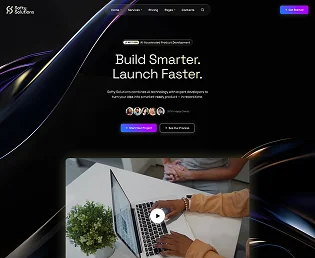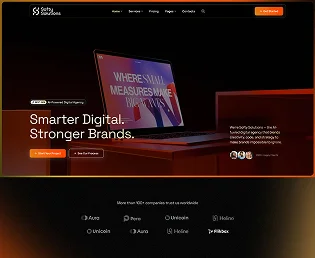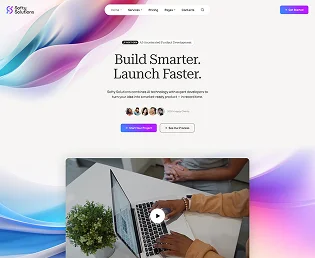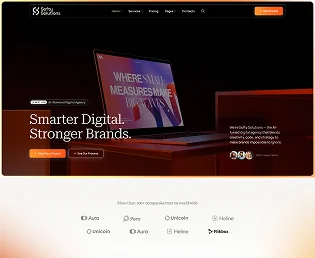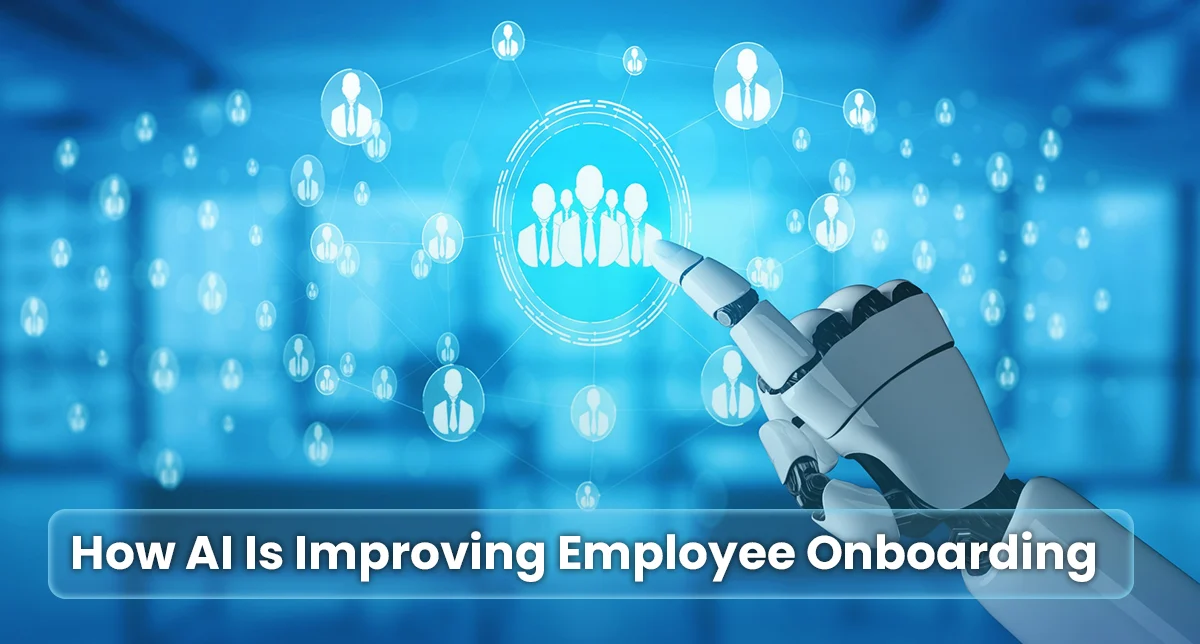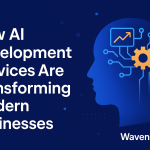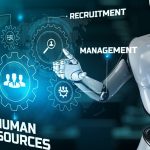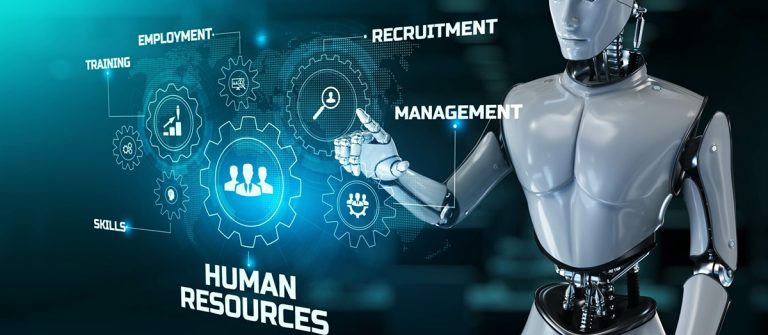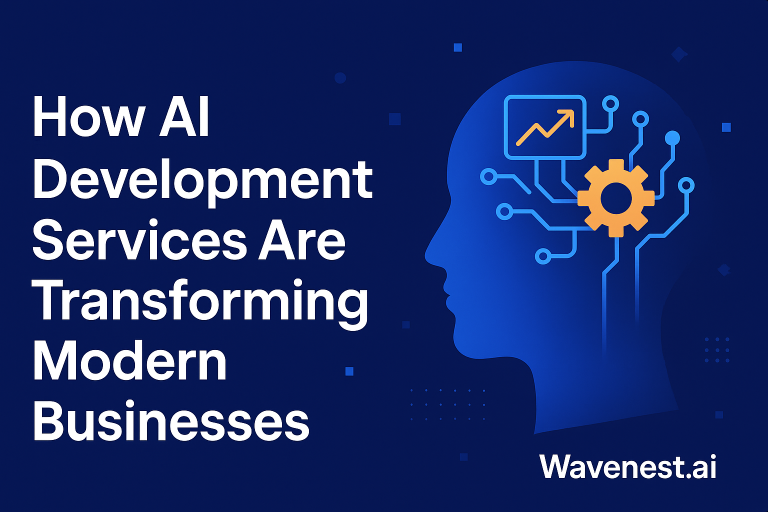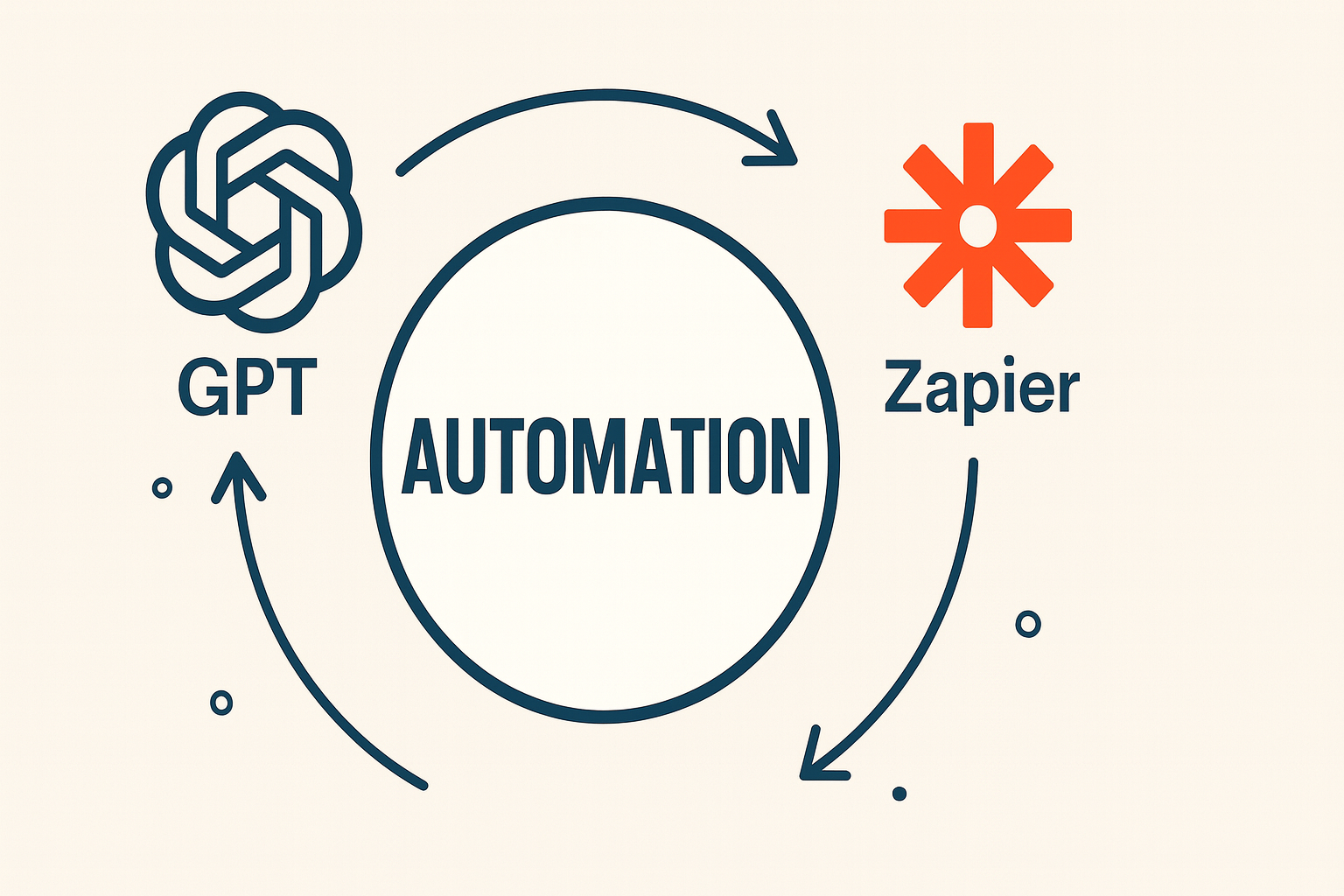A lot is changing fast. More companies now use AI at work. In fact, a McKinsey survey found 65% of organizations say they regularly use generative AI. That's a big shift in how companies hire, train, and onboard people. Research also shows generative AI has clear value in hiring and onboarding—McKinsey estimates about 20% value …
A lot is changing fast. More companies now use AI at work. In fact, a McKinsey survey found 65% of organizations say they regularly use generative AI. That’s a big shift in how companies hire, train, and onboard people.
Research also shows generative AI has clear value in hiring and onboarding—McKinsey estimates about 20% value potential in talent acquisition, recruiting, and onboarding when AI is applied right.
This guide explains AI-powered employee onboarding in plain language. Short sentences. No heavy jargon. You’ll learn what it is, why it matters, how to implement it, and practical tips to make it work for your team.
What is AI-powered employee onboarding?
AI-powered employee onboarding uses artificial intelligence to help new hires get set up, learn, and start contributing faster.
It includes things like chatbots that answer newbie questions, personalized learning paths, automated paperwork, and AI-driven checklists that keep managers on track.
Key features you’ll commonly see:
- Automated document filling and e-signatures.
- Chatbots for 24/7 Q&A.
- Personalized training plans based on role and skill gaps.
- Automated task reminders for managers and IT.
- Analytics that show onboarding progress and pain points.
Why It Matters in 2025
In 2025, businesses are navigating global teams, hybrid work environments, and growing compliance demands, all of which make HR operations more complex than ever. That’s where HR automation becomes essential. It streamlines workflows, minimizes errors, speeds up communication, and frees HR teams to focus on what truly drives success: people and performance.
Beyond efficiency, HR automation also builds consistency. From onboarding and payroll to performance reviews, automated systems ensure every process runs smoothly and in compliance with local regulations. This reduces administrative burden and eliminates the guesswork, allowing HR professionals to make data-driven decisions that actually improve employee satisfaction and retention.
Most importantly, automation supports scalability. As organizations expand, manual HR processes can’t keep up with the pace. Automated HR tools make it easier to manage hundreds—or even thousands—of employees without losing the human touch. The result? A more agile, transparent, and people-first workplace designed for the future of work.
Traditional HR vs Conversational Automation
| HR Task | Traditional Approach | Conversational Automation |
| Leave Requests | Fill a form or email HR | Ask a chatbot and get instant approval status |
| Onboarding | Manual forms and follow-ups | Automated digital workflow with reminders |
| Payroll Queries | Emails and waiting time | Instant chat reply with payslip link |
| Compliance | Manual tracking | Auto-alerts and smart reminders |
| Employee Helpdesk | HR staff handles tickets | Conversational bot answers FAQs 24/7 |
These examples show a simple truth: automation doesn’t replace the HR department. It amplifies it. When repetitive work is automated, your HR team becomes more strategic and less reactive.
What to Look for in HR Automation Tools
When choosing HR automation tools, focus on solutions that simplify daily workflows while supporting long-term growth. Look for features like employee self-service portals, automated onboarding, time tracking, payroll integration, and compliance management.
The best tools also offer data analytics to help HR teams make smarter, faster decisions. Don’t just go for flashy dashboards. Choose platforms that are user-friendly, scalable, and integrate easily with your existing systems. Most importantly, ensure the tool aligns with your company culture and helps your HR team stay people-focused, not process-heavy.
Core Features
When selecting an automation tool, focus on what will serve both your HR team and your employees. The best tools are built around conversation, integration, and intelligence.
Look for features like:
- Natural-language chat or voice assistants
- Integration with existing HR systems
- Secure and compliant data handling
- Smart analytics dashboards
- Mobile-friendly access
- Customizable workflows
The Rise of Conversational Interfaces
Employees today expect simplicity and instant support. They don’t want to dig through portals or fill out long forms, they want quick, human-like interactions. Imagine saying, “Hey HR bot, I need three days off,” and getting it approved within seconds. That’s the power of conversational AI. It transforms HR from a static, process-heavy system into a seamless, personalized experience that feels natural, efficient, and built for the modern workplace.
Common Use-Cases of HR Automation Tools
HR automation tools are transforming how organizations manage their people. Some of the most common use-cases include automated onboarding, where new hires receive instant access to documents, training, and company resources without manual follow-ups. Payroll automation ensures salaries, deductions, and tax filings are handled accurately and on time. Leave and attendance management becomes effortless with self-service systems that track requests and approvals automatically.
Additionally, performance management tools help HR teams set goals, monitor progress, and conduct reviews based on real data instead of guesswork. Recruitment automation speeds up hiring by screening resumes, scheduling interviews, and sending updates to candidates. Together, these features save time, improve accuracy, and create a smoother employee experience from start to finish.
a) Recruitment & Onboarding
Automation can handle everything from screening resumes to scheduling interviews. Once a candidate is hired, the system can automatically send offer letters, set up accounts, and guide the new hire through every step.
The onboarding experience becomes smoother, faster, and more welcoming — leaving a strong first impression.
b) Employee Self-Service
Employees often have quick questions — about leave balance, salary, or policy. Automation lets them find answers instantly, without waiting for HR. This reduces internal emails and builds a culture of independence.
c) Performance & Feedback
Smart tools can remind managers to hold check-ins, track goals, and analyze performance data. They also help identify training opportunities or potential burnout, giving HR a proactive edge.
d) Compliance & Record Management
Automation ensures important deadlines — like renewals or audits — never slip through the cracks. It maintains clean, accurate records, ensuring the organization stays compliant at all times.
How to Choose the Right Tool
| Selection Factor | What It Means | Why It Matters |
| Conversational Interface | Employees can “chat” with HR | Boosts adoption and ease of use |
| Integration | Works with your HRIS, payroll, and CRM | Keeps data consistent |
| Data Security | Encryption, access control, backups | Protects sensitive employee data |
| Analytics | Tracks engagement, time saved, ROI | Shows the true business impact |
| Scalability | Handles remote and global teams | Future-proofs your investment |
Before buying, test how naturally the system handles queries. A truly conversational tool should understand plain language — not just keywords.
The Implementation Roadmap
Automation delivers real impact only when it’s implemented strategically. Start by identifying repetitive HR tasks that take up the most time such as onboarding, payroll, or attendance tracking and prioritize those for automation. Next, choose tools that align with your business goals and integrate easily with your existing HR systems.
Before full deployment, run a pilot program to gather feedback from both HR teams and employees. Use those insights to refine workflows, improve user experience, and ensure smooth adoption. Finally, train your staff to use the new tools effectively and keep optimizing as your needs evolve. Thoughtful rollout, continuous improvement, and clear communication are the keys to successful HR automation.
- Identify repetitive tasks — Start with high-volume, low-complexity processes like FAQs or leave requests.
- Set measurable goals — Define success (e.g., reduce HR tickets by 30% in 6 months).
- Choose your tool wisely — Test integrations, check for compliance, and ensure it fits your tech stack.
- Pilot the system — Roll out in one department first and collect feedback.
- Train and communicate — Make employees comfortable with automation through short demos or chat prompts.
- Measure & expand — Track results, refine workflows, and then scale.
The Human Side of Automation
Technology alone can’t transform HR — it’s the people behind it who make the real difference. For automation to succeed, organizations must focus on communication, training, and building trust. Employees should understand that automation isn’t here to replace them but to make their work easier, faster, and more meaningful.
When teams see technology as a helpful partner rather than a threat, they embrace change with confidence — creating a workplace where people and automation work hand in hand for better outcomes.
Trends Shaping HR Automation in 2025 and Beyond
The next few years will reshape how HR works. Here are key trends to watch:
- AI-Powered Agents: Tools that not only respond but act — approving leaves, scheduling interviews, or triggering workflows.
- Predictive Analytics: Automation that anticipates employee needs — like detecting burnout or turnover risk early.
- Voice-Based Interactions: “Hey HR, show me my benefits” will soon be as normal as typing a message.
- Global Flexibility: Automation that supports multiple languages, currencies, and compliance rules.
- Ethical Automation: Transparent and bias-free AI systems that build trust with employees.
These trends point to one thing: HR will become more human as automation takes care of the robotic work.
The ROI of HR Automation
| Benefit Area | Impact |
| Time Savings | Up to 60-70% reduction in manual processing |
| Cost Reduction | Fewer administrative hours and software redundancies |
| Employee Experience | Faster responses and higher satisfaction |
| Compliance | Automatic tracking, fewer penalties |
| Data Accuracy | Centralized, real-time HR data |
Beyond numbers, automation builds agility. It allows companies to adapt quickly, scale smoothly, and stay competitive in a fast-changing talent market.
Step Into the Future
HR automation isn’t just about efficiency, it’s about evolution. Businesses that embrace conversational tools will empower their teams, improve culture, and gain a lasting advantage.
AI-powered employee onboarding is no longer a futuristic concept. It’s a practical solution transforming how organizations welcome, train, and retain new hires. By automating repetitive tasks, personalizing the onboarding journey, and offering real-time support through AI-driven insights, businesses can create a more engaging and efficient experience for every employee. In 2025 and beyond, companies that embrace AI in their HR processes will not only save time but also strengthen employee satisfaction and long-term loyalty.
If you’re ready to streamline your onboarding process and bring innovation into your HR operations, choose Wavenest. Our AI-driven solutions are designed to help your team work smarter, faster, and more efficiently, ensuring every new hire feels valued from day one. Let Wavenest help you build the future of HR today.

